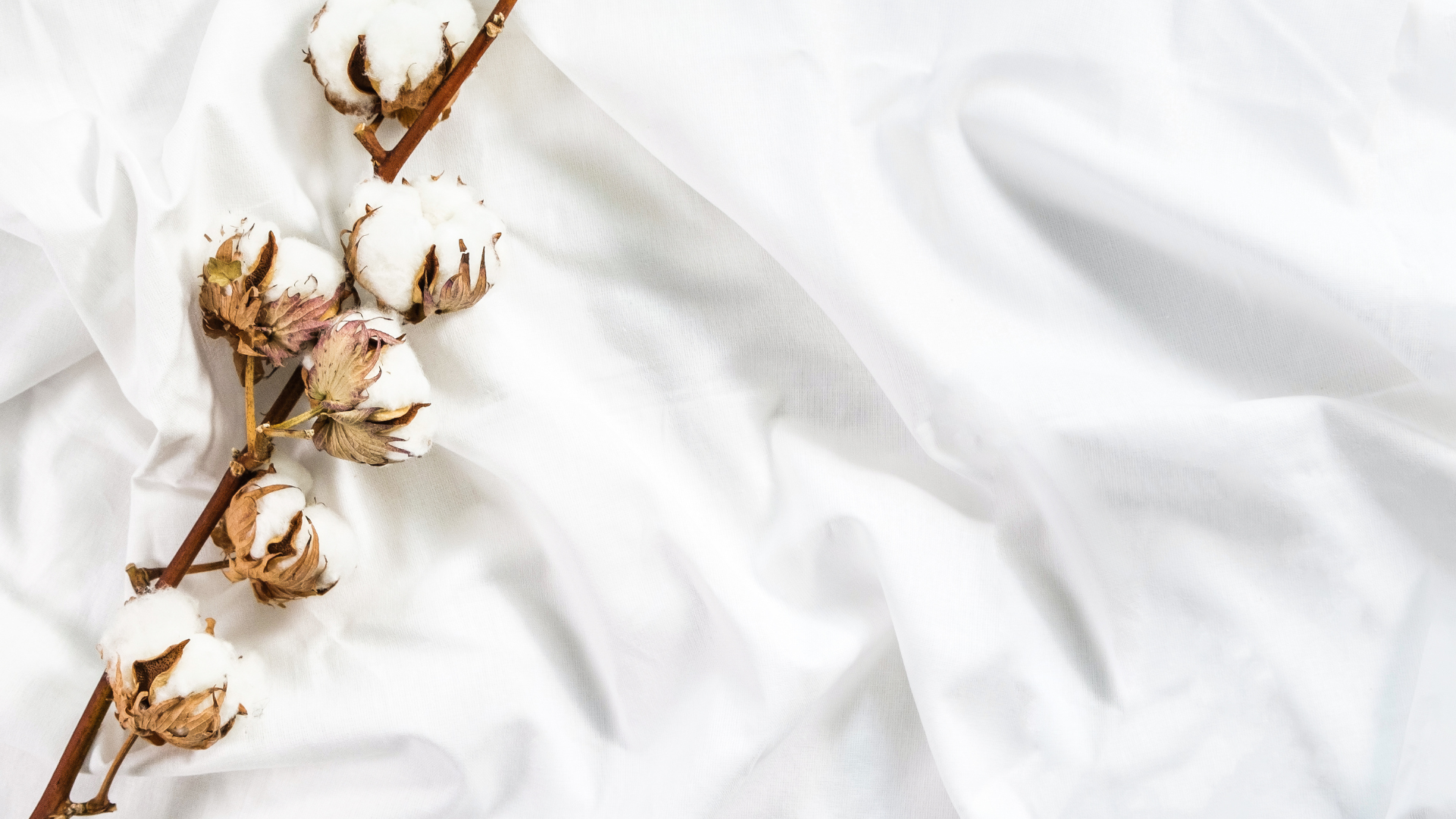In the world of fashion, some things never go out of style, and cotton is undoubtedly one of them. It's the fabric that has been with us for millennia, evolving through the ages to become an essential part of our everyday wardrobes. Join us on a journey through time as we explore the rich history, incredible diversity, and enduring popularity of cotton.
A Fabric Steeped in History
Cotton's story begins in the ancient Indus Valley Civilization, where fragments of cotton fabric have been unearthed, dating as far back as 6,000 – 5,000 BC. This humble plant fiber has traveled through time, weaving its way into the fabric of human history.

The Three Musketeers: Types of Cotton
Cotton isn't just cotton; it comes in various types, each with its unique qualities and uses. Let's meet the three musketeers of the cotton world:
- Extra Long Staple (ELS) Cotton: This is the cream of the crop, boasting thin, long, glossy fibers. Sea Island Cotton from the West Indies, Egyptian Cotton, and Supima Cotton from the United States fall into this category. It's the go-to choice for creating thin fabrics and exquisite one-piece shirts.
- Long Staple Cotton: American, Mexican, and Brazilian cotton are some notable examples. With its versatility and durability, long-staple cotton is used to craft everything from clothing to towels and sheets.
- Short Staple Cotton: Indian, Sudanese, and Chinese cotton belong here. While these fibers may be shorter and thicker, they compensate with elasticity. They're perfect for cotton yarns with lower counts, futon cotton, and absorbent cotton.
The Crème de la Crème: Top-Quality Cotton

While all cotton is special, a few varieties stand out from the crowd:
- Sea Island Cotton from the Caribbean: As rare as it gets, accounting for only 0.0004% of the world's cotton supplies. To ensure authenticity, trust only cotton certified by the West Indian Sea Island Cotton Association (WISICA).
- Supima Cotton from the United States: Supima is a step up from Pima cotton, with enhanced fiber characteristics. To be considered Supima, it must be grown in America, and verified by the Supima Association.
- Egyptian ELS Cotton from Egypt: Giza 45 is the crème de la crème of Egyptian cotton. Graded as extra-long staple (ELS), it remains mostly within Egypt's borders. Authentic ELS cotton is a rare gem among the more common long-staple cotton.
Cotton's Pros and Cons
Cotton's popularity isn't unwarranted. It boasts a plethora of advantages:
- Breathable: Perfect for staying cool on hot summer days.
- Sweat-Absorbent: Keeps you feeling fresh and dry.
- Soft: Gentle on the skin, ideal for everyday wear.
- Stretchy: Provides comfort and flexibility.
- Insulating: Keeps you warm when the temperature drops.
- Hypo-Allergenic: Great for those with sensitive skin.
- Strong: Durable and long-lasting.
- Versatile: Adaptable to a wide range of clothing styles.
However, it's not without its quirks:
- Shrinks: Be cautious when laundering cotton items.
- Wrinkles: Expect a few creases here and there.
- Easily Damaged: Handle with care to avoid tears or snags.
- Color Bleed: Some cotton fabrics bleed color when washed, so keep those whites separate!
Cotton in Numbers: Statistics That Matter
Cotton is big business, and the numbers prove it:
- Annual Production: A staggering 25 million tonnes worldwide.
- Land Usage: Cotton fields cover 2.5% of the world's arable land.
- Top Producers: China leads the pack, followed by India, the United States, Pakistan, and Brazil.
- Top Importers: Korea, Taiwan, Russia, and Japan may not grow much cotton, but they sure love wearing it!
Cotton Controversies: The Dark Side of Cotton Farming
It's not all sunshine and rainbows in the cotton industry. Here are some controversial issues to ponder:
- High Water Consumption: Cotton is a thirsty plant, demanding over 20,000 liters of water to produce just 1 kg of cotton.
- Use of Chemicals: Cotton is one of the most chemically dependent crops globally, with heavy use of herbicides, fertilizers, and insecticides.
- Genetically Modified Plants: Over 20% of the world's cotton crop consists of genetically modified varieties, impacting ecosystems like the Aral Sea in Central Asia.
In conclusion, cotton is not just a fabric; it's a testament to human history, innovation, and adaptability. From ancient civilizations to modern runways, cotton continues to weave its magic into our lives. So, the next time you slip into your favorite cotton T-shirt or jeans, remember the incredible journey this humble plant fiber has taken to become an enduring fashion icon.


